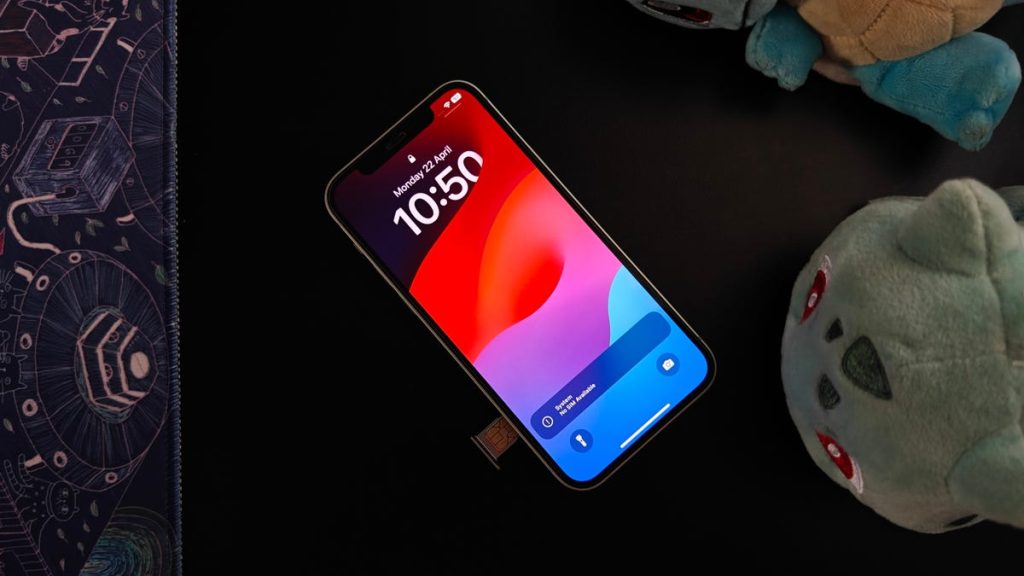Cell phones have changed significantly in recent decades, but they still require a SIM card to function. Some phones now use eSIMs, but many still use physical SIM cards. If your phone displays a “no SIM” message, you may not be able to use cellular features like making calls, sending SMS messages, or using data. This can be frustrating, and it’s important to understand why your phone is showing this error and how to fix it.
There are several reasons why your phone may display a “No SIM” message. It could be due to a missing, incorrectly installed, or damaged SIM card. If you have tried to set up an eSIM and see this error, it may be due to a failed installation. Other reasons for the error include temporary glitches in your phone’s software, hardware issues with your SIM card slot or phone, configuration issues with your SIM card or network settings, pending software updates, or issues with your carrier or cellular account.
The error message you see will vary depending on your phone model, but common messages include “No SIM,” “No SIM Card Installed,” “No SIM available,” or “Invalid SIM” on an iPhone, and similar messages on Android phones. Some quick fixes you can try include checking if your SIM is linked to an active plan, restarting your device, updating network provider settings, and ejecting and reinserting the SIM card. If these steps don’t work, you may need to contact your phone’s manufacturer or a professional repair service for help.
If you use an eSIM and encounter the “No SIM” error, it’s best to contact your service provider for assistance. If you suspect a hardware issue with your phone, you may need to get it repaired or replaced. Keep in mind that repairs can be costly unless your device is under warranty and the issue wasn’t caused by physical damage. If you’re frequently experiencing issues with your carrier or phone, you may want to consider switching carriers or getting a new phone.
Overall, if your phone is displaying a “No SIM” error, there are steps you can take to troubleshoot and resolve the issue. From checking your SIM card connection to contacting your carrier for assistance, it’s important to identify the root cause of the problem and determine the best solution to get your phone functioning properly again.


